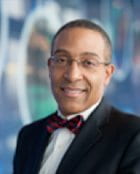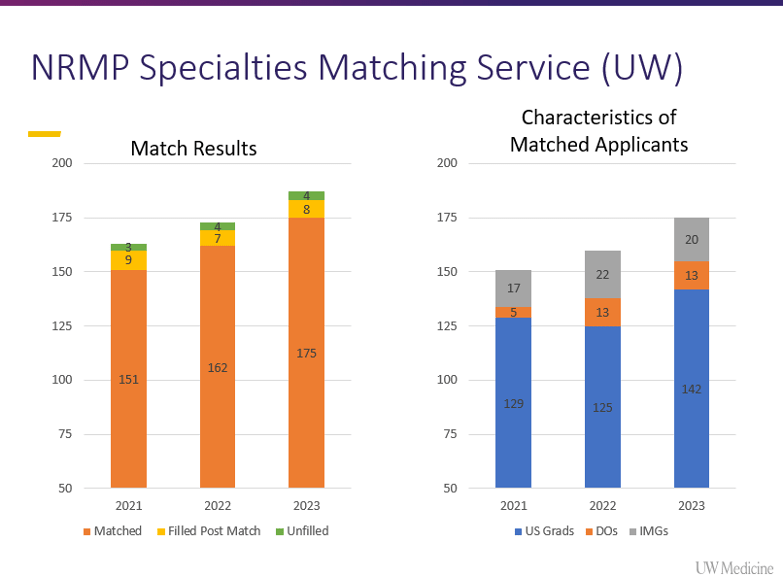
Byron Joyner, MD, MPA
This month, we celebrate the incoming class of trainees who will join us this summer! For the third year in a row, our residency and fellowship programs virtually recruited the best and the brightest medical students from around the country – and the world! This year, 84 of our 200+ total ACGME and non-ACGME training programs participated in the National Residency Matching Program (NRMP) and 23 participated in the San Francisco Match.
Both the NRMP Main Residency and Specialties Matches were the largest on record, with 40,375 positions available in the Main Residency Match and 13,365 positions in the Specialties Match. This year was also our largest Match at UWSOM with 299 positions offered in the Main match and 191 in the Specialties Match.
Main Residency Match
- In the Main Residency Match, the 26 participating UWSOM residency programs had a match rate of 98.7% (and 99.3% after the Supplemental Offer and Acceptance Program, or SOAP) compared to 93.3% nationally.
- From 2019-2022 we saw small year-to-year decreases in the number of UWSOM graduates matching to our residency programs. This year, we matched 56 UWSOM graduates (an increase of 17 from 2022) or 19% of our matched applicants.
- Nationally, the number of matched US MD seniors, US DO seniors, US citizen IMGs, and non-US citizen IMGs increased from last year. The number of unmatched US MD seniors to PGY-1 positions decreased again this year, a two-year trend.

Specialties Matching Program
- In the Specialties (fellowship) Match, the 58 participating UWSOM fellowship programs offered 191 positions with a match rate of 91.6% compared to 86.4% nationally. Another 10 positions have been filled post-Match.
- 41 of the 175 spots filled in the Match were filled by UWSOM residents, a slight decrease from 2022.
- Nationally, the number of matched UW MD graduates, US DO graduates, US citizen IMGs, and non-US citizen IMGs increased from last year.

The past three years have been difficult, but UWSOM programs continue to have strong match results and we remain a very competitive training institution, as reflected by the 5-year trends below:

Increasing Diversity in our Training Programs
UW Medicine is creating a healthcare system that works for everyone. To that end, it is essential that we prioritize diversifying the medical workforce. This is not just a moral imperative. It is a practical one, as diversity can lead to better health outcomes and a more effective healthcare system overall.
This year our programs reported increases in both Black, Indigenous and People of Color (BIPOC), as well as Underrepresented in Medicine (URM) candidates who matched in our medical and dental programs. As we work together to increase and, more importantly, sustain inclusivity and diversity in our workforce, we can continue to provide better equity of patient care in our community.
I want to congratulate program and department leadership, residents and fellows, and the Network of Underrepresented Residents and Fellows (NURF) for their tremendous efforts in our journey to diversify our learning community. For the third year, the GME Office and NURF hosted Town Halls to help our programs attract underrepresented and vulnerable minority candidates. One of the NURF Town Halls had more than 600 participants.
Below is this year’s representation of BIPOC, URM and women who have historically been minoritized in Medicine, as reported by our departments.
| Department | BIPOC | URM | Women |
| Anesthesiology & Pain Medicine | 39.0% | 7.0% | 14.0% |
| Orthopaedics & Sports Medicine | 12.5% | 25.0% | 25.0% |
| Family Medicine | 60.0% | 20.0% | 60.0% |
| Laboratory Medicine and Pathology | 9.56% | 8.82% | 52.41% |
| Medicine | 41.8% | 15.4% | 42.4% |
| Obstetrics & Gynecology | 85.0% | 42.0% | 100.0% |
| Ophthalmology | 80.0% | 20.0% | 40.0% |
| Otolaryngology | 75.0% | 25.0% | 0.0% |
| Pediatrics | 51.0% | 15.0% | 68.0% |
| Physical Medicine and Rehabilitation | 0.0% | 9.0% | 36.0% |
| Psychiatry & Behavioral Sciences | 33.5% | 6.0% | 64.2% |
| Surgery | 44.0% | 19.0% | 88.0% |
| Urology | 25.0% | 25.0% | 100.0% |
*See 2022 results and 2021 results
All members of our community, including the department chairs, residents and fellows, program directors and administrators, faculty, and staff, worked together to produce these excellent results. Especially during these challenging times, it is critical that we cultivate an environment where everyone feels safe and as though they belong, an environment in which everyone can be successful.
Congratulations and thank you!
Byron Joyner, MD, MPA
Vice Dean for GME and DIO
